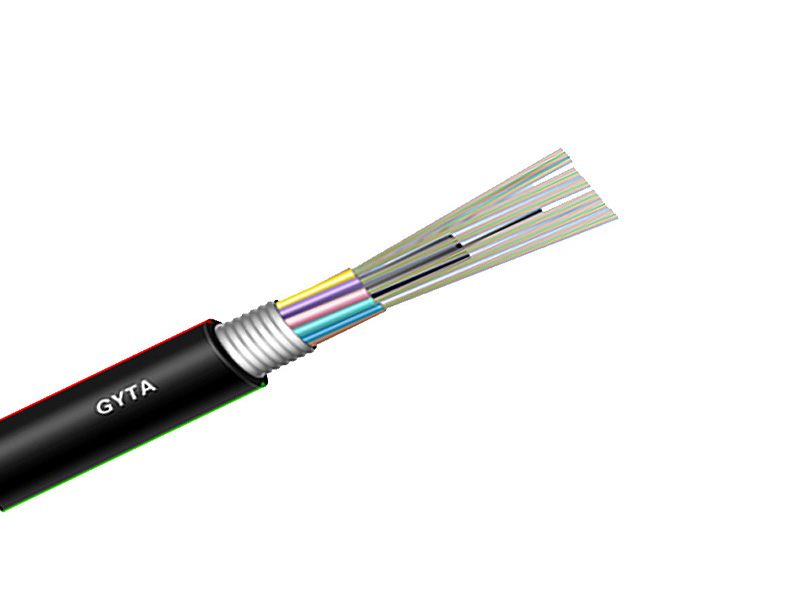What is fiber optic cable used for?
Fiber optic cables have emerged as the backbone of modern communication networks, revolutionizing the way information is transmitted across vast distances. Their unique properties make them indispensable in various applications, ranging from telecommunications to internet connectivity.
1. Telecommunications:
1.1 Long-Distance Communication:
Fiber optic cables are extensively used in telecommunications networks for long-distance communication. Their low signal attenuation and high bandwidth capabilities make them ideal for transmitting data over vast distances without significant signal degradation.
1.2 High-Speed Internet:
The demand for high-speed internet has propelled the widespread adoption of fiber optic cables. They enable the delivery of high-bandwidth internet services, providing faster and more reliable connections compared to traditional copper cables.
2. Data Transmission:
2.1 Data Centers:
Fiber optic cables play a crucial role in data centers where large volumes of data need to be transmitted rapidly. Their ability to transmit data at high speeds and over long distances contributes to the efficiency of data storage and retrieval processes.
2.2 Cloud Computing:
In the era of cloud computing, fiber optic cables facilitate the seamless transfer of data between users and remote data servers. This is essential for the accessibility and responsiveness of cloud-based applications and services.
3. Networking and Connectivity:
3.1 Local Area Networks (LANs) and Wide Area Networks (WANs):
Fiber optic cables are employed in both local area networks (LANs) and wide area networks (WANs). They support high-speed data transfer within buildings (LANs) and between geographically distant locations (WANs), enhancing overall network performance.
3.2 Fiber to the Home (FTTH):
FTTH deployments leverage fiber optic cables to bring high-speed internet directly to homes. This technology eliminates the limitations associated with traditional copper-based infrastructure, delivering faster and more reliable internet connections.
4. Broadcasting and Cable Television:
4.1 High-Definition Television (HDTV):
Fiber optic cables are crucial for transmitting high-definition television signals. The high bandwidth of fiber optics ensures the delivery of crisp, clear, and high-quality video and audio signals to viewers.
4.2 Telecom Towers and Satellite Uplinks:
In the broadcasting industry, fiber optic cables are employed to connect telecom towers and satellite uplinks. This ensures the swift and reliable transmission of signals between different components of the broadcasting infrastructure.
5. Medical Applications:
5.1 Medical Imaging and Communications:
Fiber optic cables find applications in the medical field, particularly in medical imaging and communication systems. Their high bandwidth and immunity to electromagnetic interference make them suitable for transmitting high-resolution medical images and data.
6. Military and Aerospace:
6.1 Secure Communication:
Fiber optic cables are utilized in military and aerospace applications for secure and reliable communication. Their immunity to electromagnetic interference enhances the security and effectiveness of communication systems in these critical environments.
7. Advantages of Fiber Optic Cables:
7.1 High Bandwidth:
Fiber optic cables offer significantly higher bandwidth compared to traditional copper cables, allowing for the transmission of large amounts of data at high speeds.
7.2 Low Latency:
The low signal attenuation of fiber optic cables results in low latency, making them ideal for applications that require real-time data transmission, such as online gaming and video conferencing.
7.3 Immunity to Electromagnetic Interference:
Unlike copper cables, fiber optic cables are immune to electromagnetic interference, ensuring reliable data transmission even in environments with high levels of electromagnetic noise.
Fiber optic cables have become the linchpin of modern communication infrastructure, enabling high-speed data transmission, reliable internet connectivity, and seamless communication across diverse applications. From telecommunications networks to medical imaging and military communication, the versatility and advantages of fiber optic cables continue to drive innovation and connectivity in an increasingly interconnected world.




